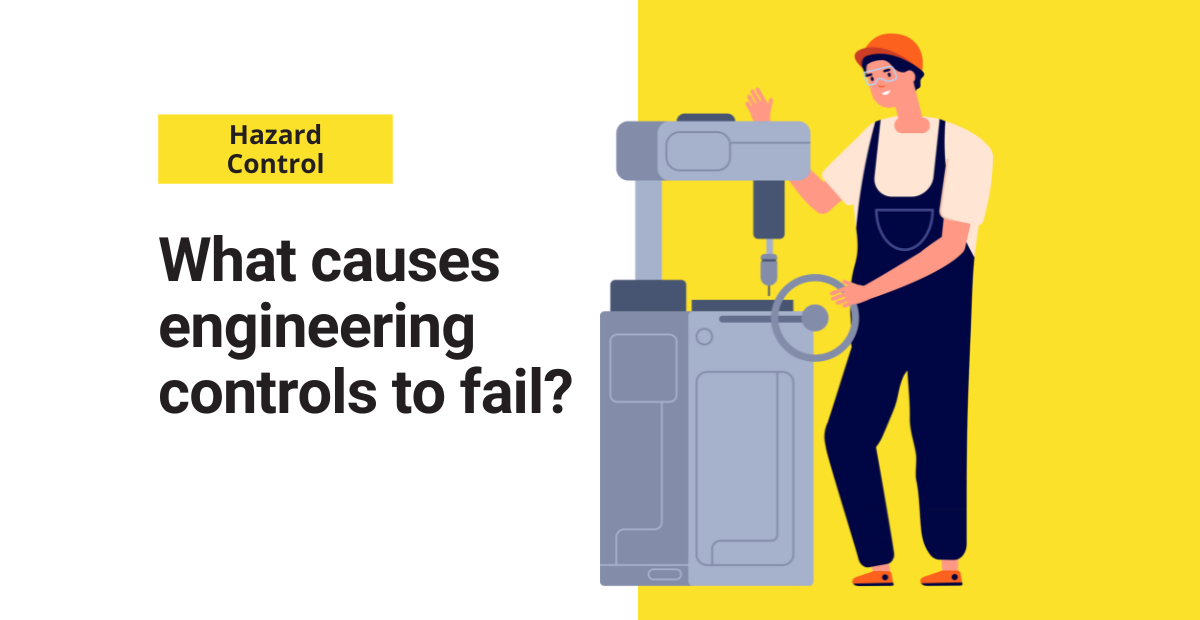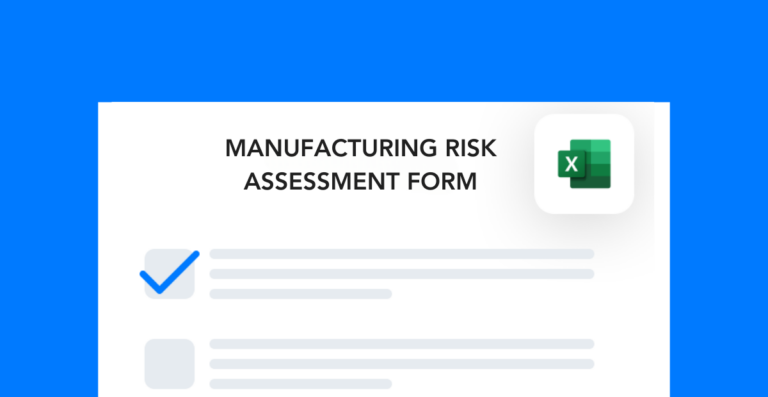Engineering controls can fail for several reasons but they can usually be traced back to a human factor. In order to have the correct engineering controls you must have completed a comprehensive risk assessment. This assessment should be done even before you purchase a piece of equipment for your facility. Equipment should be purchased and installed according to the risk assessment.
Maintenance in engineering controls
Engineering controls can fail if the equipment or device is not installed correctly or if it’s not properly mechanically maintained. During the risk assessment, you should identify how the equipment or device is installed and maintained through the maintenance program. Mechanical Integrity is a part of the facility just like safety and environment. It has to have the attention to detail that all other areas of responsibility receive.
Bypassing an engineering control
Another aspect of engineering control failure is when operations/management bypasses an engineering control. A facility must have a strong procedure (Management of Change) dealing with any and all bypasses involving an engineering control or any piece of equipment. Operations personnel should get management involved in making a decision related to engineering controls. How critical the device/equipment is to the process will dictate how far up the management ladder you should go for approval.
In this procedure, there should be specific instructions on how to handle all levels of bypasses. There should also be a log of some type to keep track of the bypass in order to not let the situation linger on for too long. There should also be time periods for the bypass based on the critical status of the equipment/device.
The decisions for making the bypass should be a group decision between operations, safety, automation, maintenance, and management. During the decision process, there may even be a need to do a process safety analysis depending on how much risk is involved. Some companies have these bypass scenarios already in place and that makes the decision process a little easier and faster.
If the bypass could have an environmental impact, the environmental group should also be consulted beforehand.
Lack of knowledge and training
A very important part of why engineering controls fail is employee involvement. If the involved employees never know that the change has been implemented, they can cause control to fail. This is just by not having the knowledge needed to do their job efficiently. That’s where the management of change (MOC) comes into play. When a process has changed or been altered, (which could or could not involve an engineering control device or equipment) the change has to be communicated with the operations employees. With a good MOC process, a document is generated for all involved employees to review and sign off on for understanding. It even gives the involved employees an opportunity to ask questions and voice concerns before the change is put into place. In this process, all involved employees sign off on understanding and give their recognition of the change.
Engineering controls can also fail when workers have not received proper training and don’t know how to use or maintain the machinery. This training must be accompanied by supervision and remedial actions if workers are found not following safety protocols. This training should come before involved employees start work in their area of operations but also
updates as things change in the field.
Make sure your team is equipped with the proper tools and knowledge covered above to avoid engineering control failures.




